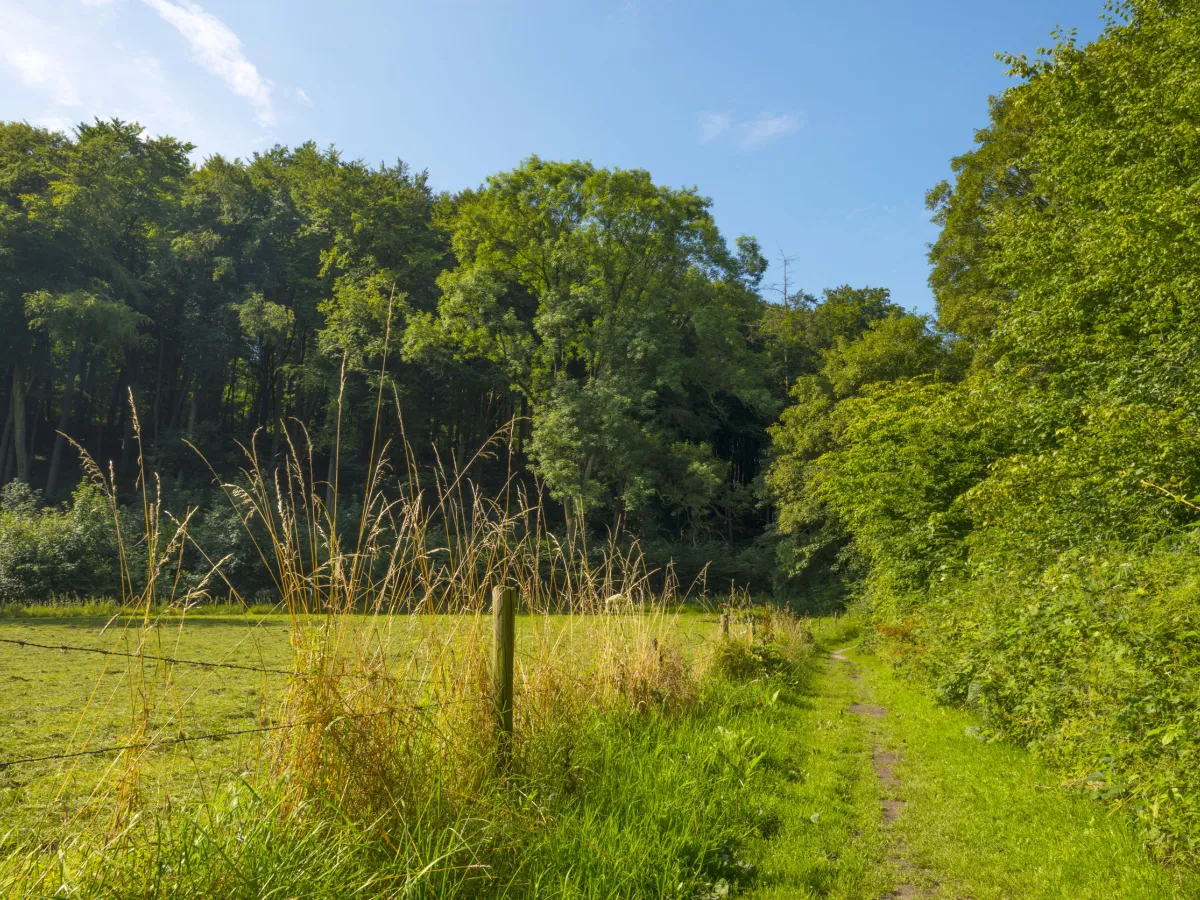
Court of Appeal ruling shows the way ahead for the Ramblers
Truly believing in your cause and setting on a journey to make it right may take years of determination, research and historical evidence.
As far back as the early 1990’s, Mr John Andrews, Area Footpath Secretary for Suffolk Ramblers, decided to painstakingly research and apply for many public footpaths, known as rights of way, to be added to the definitive map which is the official record of public rights of way. He needed evidence, relying in many cases on paths described in Inclosure Acts. To summarise a brief part of English land history, during the late 1700’s an increasing number of local acts were being passed to allow the common lands within local parishes to be “enclosed” and laid out in private plots which would pass into the ownership of local parishioners following a process to establish rights carried out by local commissioners.
This was taking up a lot of parliament’s time so in 1801 they passed a general clauses act which provided standard clauses to be incorporated into local acts by reference.
In 1816 the Crudwell Act (a parish in Wiltshire) was passed incorporating the powers envisaged in the 1801 Act, and the Crudwell Inclosure Award was made in 1841. This included various public footpaths and bridleways.
Mr Andrews, from the Ramblers, became aware that a 10’ wide footpath and a 15’ wide bridleway which appear in the Crudwell Inclosure Award are not included on the Definitive Map for that area. His application to Wiltshire Council in 2012 to have them added under the Wildlife and Countryside Act 1981 was refused on the basis that in 1993 the High Court had ruled that the 1801 Act did NOT include a power to create new footpaths / bridleways and that the Crudwell Inclosure was therefore fundamentally flawed and had no effect.
An application for Judicial review followed which was unsuccessful. However the Court of Appeal has now ruled that the 1801 Act has to, and does, allow for the creation of public footpaths and bridleways. Therefore the two identified by John Andrews have to be added to the Definitive Map for Wiltshire and if any others can be identified, they must also be added to their local Definitive Maps. Experts have estimated that between 500 and 1000 such paths exist.
The Ramblers, together with Winston Solicitors in Leeds have been working together to ensure that no stone was left unturned to secure the reinstatement of what would have become “lost ways”. Following the ruling in the Court of Appeal, Winston's Civil Litigation solicitor said “the ruling is a fine example of the judiciary taking a pragmatic and purposive approach to looking at historical legislation and balancing the rights of the general public with those of private landowners. This ruling however is only the first step in the process of protecting the other potentially lost ways around England and we will continue to work with The Ramblers and any other interested parties to preserve these rights”.

